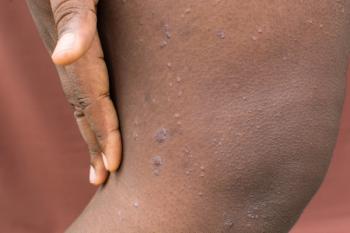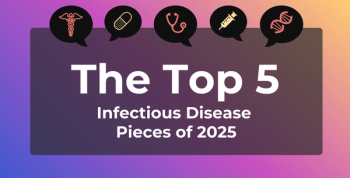
Dr Sarah Tasian Discusses Challenges to Overcome When New Therapies Come to Market for Pediatric AML
As new therapies come to market for pediatric acute myeloid leukemia, there will be a lot of questions to answer regarding dosing and where these drugs are used in the patient journey, said Sarah Tasian, MD, attending physician in the Division of Oncology at Children’s Hospital of Philadelphia.
As new therapies come to market for pediatric acute myeloid leukemia, there will be a lot of questions to answer regarding dosing and where these drugs are used in the patient journey, said Sarah Tasian, MD, attending physician in the Division of Oncology at Children’s Hospital of Philadelphia.
Transcript
What challenges do you expect we will face as new antibody-based and cellular immunotherapies come to market to treat children with acute myeloid leukemia?
I think a lot of it is just simply dose finding, you know, what is the appropriate dose? What is the safe and tolerable dose for a child? Who certainly, I think, have the benefit that children tolerate things a lot better sometimes than adults do, and I think in pediatric oncology, we tend to also be pretty risk tolerant in a multiple relapse situation.
I think the other major challenge will be understanding with all of these new immunotherapies on the market, where do we best place them? You know, are these best reserved for children with secondary rate of relapse? First relapse? Primary chemotherapy refractory? And I think we're also going to need a variety of immunotherapies against different targets, because childhood AML is so genetically and even phenotypically heterogeneous, and one size will not fit all. And so I think we're really have to understand the potency of these different modalities, the relative specificity of some of these targets, but I think the biggest challenge will be now that we have the benefit of having access to a lot of these new therapies, you know, where do we best place them to really maximize benefit for our young patients?
Newsletter
Stay ahead of policy, cost, and value—subscribe to AJMC for expert insights at the intersection of clinical care and health economics.







































